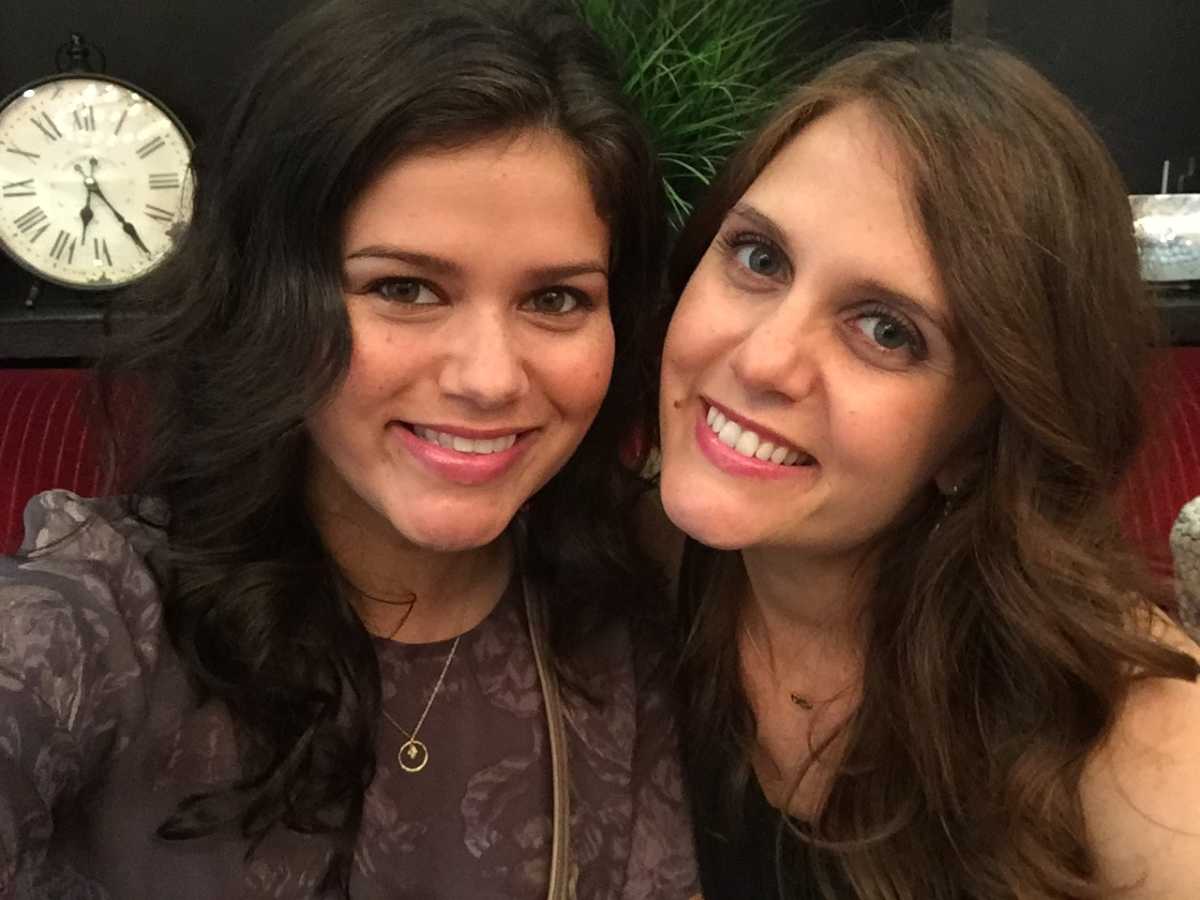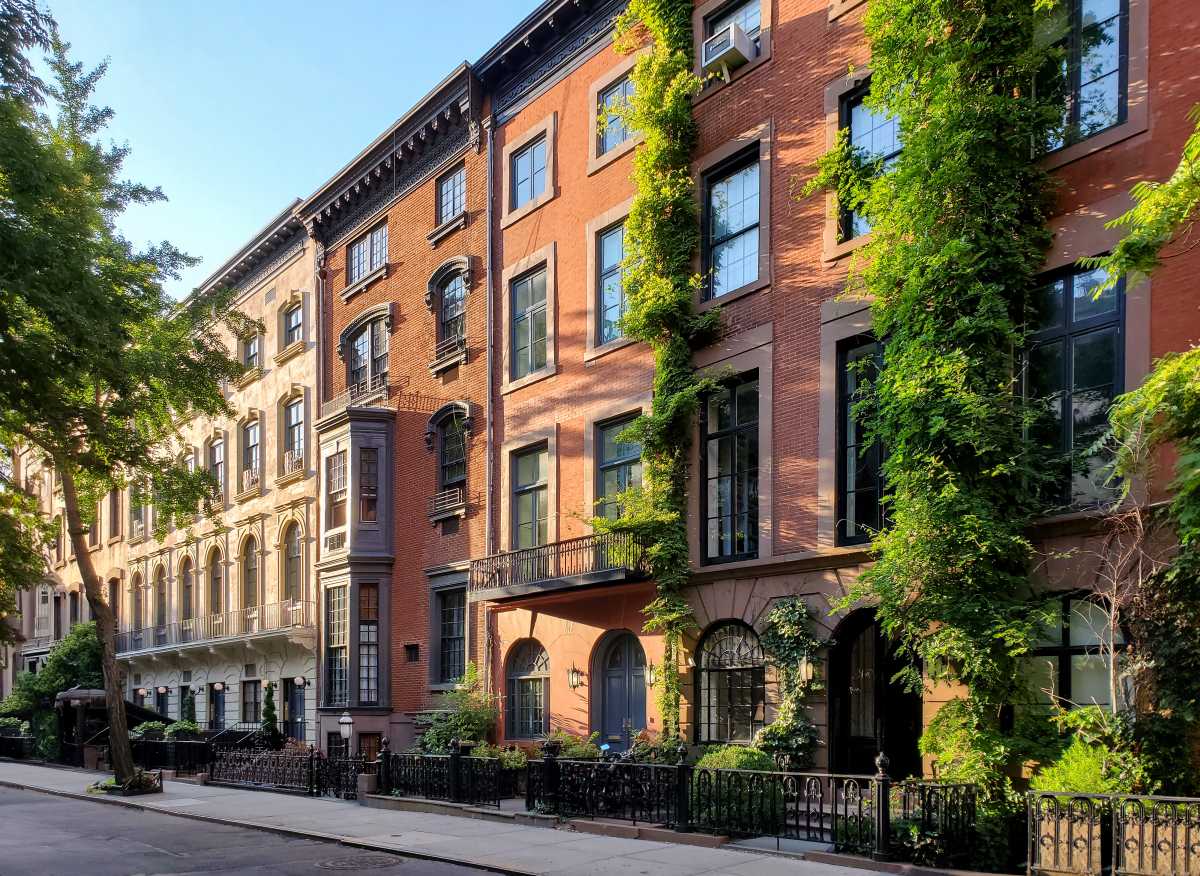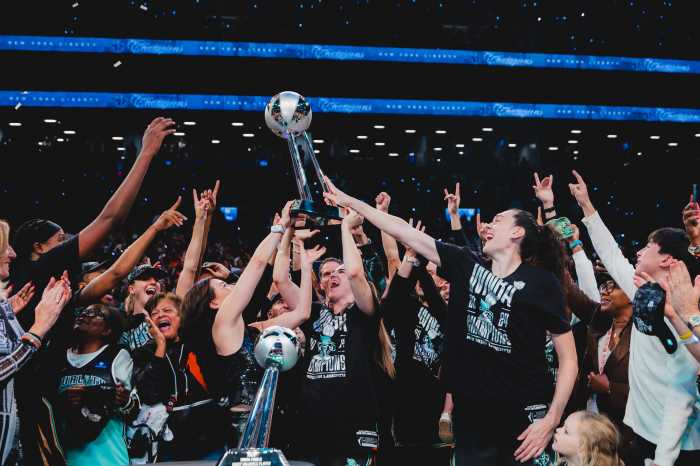
BY CLARISSA-JAN LIM | Peyson and Plasm roam the streets, their sole belongings in backpacks hiked up on their shoulders.
They occasionally stop by “bum feeds” or dig through dumpsters for food. They clandestinely drink alcohol from brown bags on the street or in parks with fellow “crust punks,” at times in the company of a dog or two.
The “crusties” are unmistakable with their patched, black outfits and general unkemptness. Especially in warm weather, they’re a common sight in the Village, usually in or around Tompkins Square or Union Square, or hunkered down by Abe Lebewohl Park in front of St. Mark’s Church.
Modern-day nomads, they travel from city to city across the country, some aimlessly, some looking to do odd jobs for money.
Peyson — Peso to friends — and Plasm, both 22, have been traveling together since they met in the winter. They have been in New York for a month so far, having made a pit stop here to visit Plasm’s mother in Staten Island.
“We don’t get along, but I try to see her once in a while,” Plasm said. She stays there intermittently when she visits, but it has become more complicated of late.
“She hates me,” interjected Peyson, sipping from a can peeking out of a paper bag. “She thinks I ruined [Plasm’s] life.”
Peyson has been homeless since he was 16, but was vague about the circumstances surrounding it.
“Just bad luck,” he said. “Not even bad luck — I just happened to hit the streets at some point.”
He grew up in Phoenix, and left at 18.
“At first I loitered in Phoenix, tried to get a job, but I didn’t know how to be on the streets,” he said. “I didn’t know basic survival needs, so I was really depressed and angry and alone. I was always alone.
“The next thing I know, travelers came into town one day and said, ‘Hey dude. You should check out San Diego. I mean, f– it – you’re already on the streets, might as well be by the beach, out on the desert,’ ” he recalled.
He went to San Diego and has been traveling ever since. In the past year, Peyson said he has also been to jail in six different states: Wyoming, California, Illinois, New York, North Carolina and three times in Utah.
Peyson and Plasm sleep wherever they can, usually on the sidewalk, to the general detached disdain of New Yorkers. Sometimes, Plasm stays with her father, who also lives in Staten Island, but she said that relationship is also tense. She’s uncomfortable staying with her mother because of her stepfather.
“We come from a long history of domestic violence in that house,” she said. “I don’t want to put her up with this choice between her daughter and the guy who helps her pay her rent, so I try not to really go there.”
Her parents know she is out on the streets, but Plasm said she has few alternatives at the moment.
“We really have serious issues living together, and I don’t have the money right now to do anything else, so I’m kind of cornered into doing this.”
Known for their penchant for using heavy drugs like heroin, many crusties overdose. In the past year, Plasm has known 13 people who “dropped” because of substance abuse. So, although she smokes pot on occasion and drinks, she avoids doing dope or “anything hard.”
Peyson also claimed not to do any drugs, but then remembered that he had blacked out on Klonopin, a prescription anxiety medication, and a lot of liquor the day before.
“I was kind of feeling like s— all day,” he said. “But I generally don’t do drugs. I really don’t.”

A blond-haired crusty who goes by “Matty Ice,” originally from Jamaica Plain, Boston, said he and his girlfriend used to “dabble” — drink and smoke at parties, do dope on the weekends.
“Then I decided that I really love the girl and we shouldn’t be messing each other’s lives up like that,” he said. “So we’ve been clean for the most part since.”
He added that he did smoke pot that day because he wasn’t feeling well.
He, too, had a difficult childhood. His parents died when he was young. His adoptive parents, he said, “used to beat the s— out of me and tried to kill me a few times.”
Matty recalled his adoptive mother trying to feed him ADHD medication four times the prescribed dosage one morning. He was 12. The next day, he packed his bags and left.
He stays with friends in Brooklyn when possible.
“On the weekend, I’m like, ‘Hey, can I throw you 50 bucks and you can let my old lady shower there and crash? We can come over and hang out.’ Sometimes, I smoke them out,” he quipped.
Many Downtowners are accustomed to seeing the crusties flock here every summer. But the travelers say the city, as a whole, isn’t always welcoming. Despite having grown up on Staten Island, Plasm said it’s always a culture shock when she comes back to New York City. She has spent time in the South. While it was less acceptable to sleep on the sidewalk there, she felt Southerners were friendlier toward her compared to what she’s experiencing now in the city.
She noted she recently had a bad interaction at Best Buy in Union Square, when, at 2 a.m. one morning, she went in to use the bathroom and fill up her water bottle, and was told to get out.
“The moment you walk into a place like that and you look this certain way, you get treated like s—,” she said. “You’re less of a human being.”
Matty also said that New Yorkers are less sympathetic to the homeless.
“I have a good relationship with a lot of the stores,” he said. “I don’t do drugs, I don’t die in the bathrooms. I always try to buy something if I go to a restaurant. But I’ve been having a really hard time this year with a lot of the establishments because they see a backpack, they’re like, ‘Oh, one of them.’ ”
Luckily for the young homeless, there are places here where they can find assistance. A notable one is The Space at Tompkins, an organization aimed at “providing unconditional aid and support to the transient homeless.” It’s one of only a few groups in the city that targets its services specifically toward the crust punk community.
The Space at Tompkins distributes “survival items,” such as socks, razors and soap, and gives out peanut butter-and-jelly sandwiches at free dinners. They also provide overdose-prevention kits and syringe-exchange services, among other things.

Even so, Plasm said, it’s still difficult to break out of the homelessness cycle, particularly in a city as expensive as this one.
“I think already there’s a lot of resources, but they’re not so useful,” she said. “There has to be something done as far as housing goes, and the shelters are not cutting it. When you have all the lower-income housing being torn down to build luxury buildings for whoever’s yuppie daughter, that’s taking away from the people who are actually New Yorkers that need help from New York, and not the kid that came here just to go to N.Y.U.”
Last year, in a hot-button talking point in The Villager, Chad Marlow proposed cracking down on crusties who camp out on the sidewalks, citing their involvement in violent incidents and unlawful activity. Marlow argued that many crusties were “voluntary homeless tourists” who “compete for pocket-change donations with legitimately homeless persons.”
Marlow recently ran unsuccessfully for Community Board 3 chairperson. Prior to Marlow’s talking point, City Councilmember Rosie Mendez had stated publicly that she hoped to explore some legal ways to keep the crusties from sleeping on the sidewalks. Two summers ago, there had been several incidents in the East and West Village where crusties’ behavior drew complaints, which is what Mendez was responding to. But she never followed through on her intention, partly because the legal protections permitting sleeping on the sidewalk are strong. For his part, after seeing Mendez broach the idea of addressing the “crusty problem,” Marlow tried to offer his own solution.
At any rate, over all, the stigma against the crusties is simply unfair, Plasm said.
“Most is negative most places you go,” she said of public opinion about the young homeless travelers. “But it’s not true — we’re not all bad people. There’s people that end up on the street for different reasons. There are people that have mental issues and severe drug abuse issues — that doesn’t mean they should be shunned.”



































